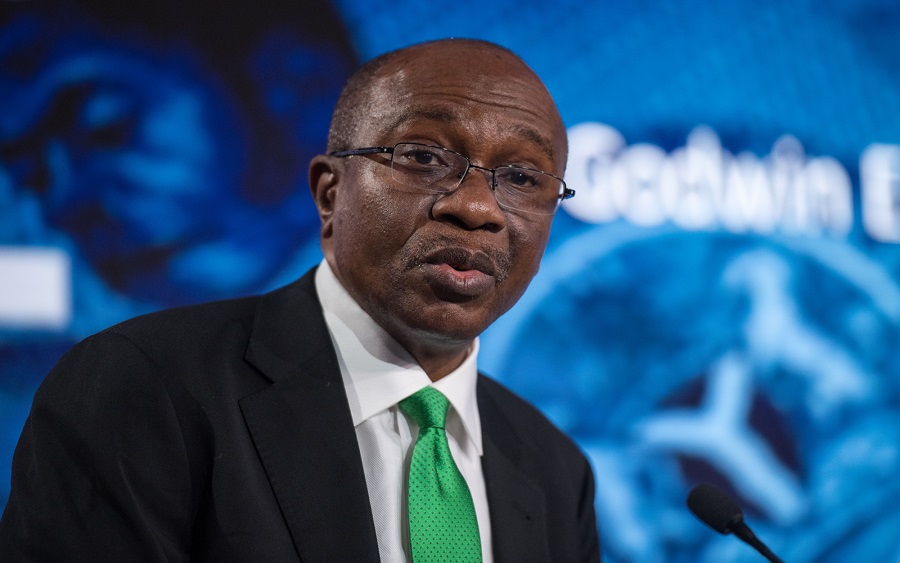The Monetary Policy Committee (MPC) of the Central Bank of Nigeria (CBN) has reduced the Monetary Policy Rate (MPR) from 13.50% to 12.50%.
Governor, CBN, Godwin Emefiele, disclosed this while reading the communique at the end of the MPC meeting on Thursday in Abuja. Meanwhile, other parameters such as the Cash Reserve Ratio (CRR) remained at 27.5%, Liquidity ratio at 30%.
READ ALSO: Bankers decry rise in public debt, weak economy
Highlights of the Committee’s decision
- MPC cuts MPR by 100 basis points to 12.50%
- CRR stood at 27.5%
- The Liquidity Ratio was also kept at 30%
Get the Nairametrics News App
CBN MPC cuts policy rate by 100 basis points to 12.5 %, maintains other parameters constant.
— Central Bank of Nigeria (@cenbank) May 28, 2020
READ ALSO: Nigeria’s total debt to hit N33 trillion – Senate
According to Emefiele, the decision of the MPC to reduce the Monetary Policy Rate was informed by the impact of the Covid-19 pandemic on the economy, increased inflationary pressure, restrictions in international trade and more.
He highlighted the decline in the nation’s GDP as well as the decline in the manufacturing and non-manufacturing purchasing index which were attributable to slower growth in production, rate of unemployment, amongst others.
READ MORE: AfDB’s Akinwumi Adesina hits back, denies allegations against him
On reopening of the economy, Emefiele emphasised the need for Government to work towards a gradual reopening in line with recommendations of the Presidential Task Force (PTF) and advice from medical experts, insisting that efforts must be directed at saving not only lives but also livelihoods. He said,
“This is to enable the resumption of economic activities necessary to stimulate growth, accelerate the pace of recovery and restore livelihoods, particularly the vulnerable in our society.
“With respect to output, the Committee urged the Federal Government to continue exploring options of partnership with the private sector to fund investment in infrastructure. This would aid employment generation, support production and boost output growth.”























With the reduction in the Monetary Policy Rate (MPR), does this spell the control of inflation and scarcity?